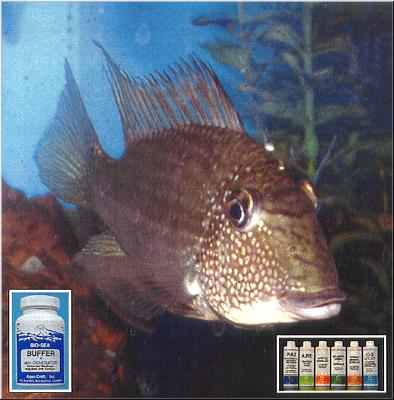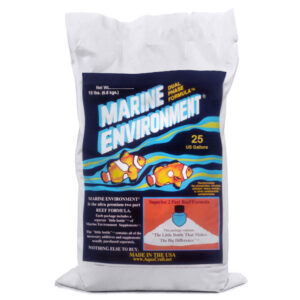Article by Les Deutsch They are fascinating fish to observe due to their constant sand sifting. They are territorial to an extent but they remain a peaceful and non-aggressive cichlid. Large adults are certainly beautiful and graceful inhabitants of a home aquarium. Their aquarium is best kept with a pH of 6.5 to 7.0 and soft to medium hard water. They feed on any of the common aquarium foods available to the hobbyist and relish live food in their diet. Their breeding has been the topic of much study due to their unusual behavior. They are known as delayed mouthbrooders. The female will lay from 150 to 400 eggs on a carefully cleaned rock or leaf. She will wait around 24 hours until she takes them into her mouth where she will incubate them until they have developed to a point of being able to be free swimming. Like many mouthbrooders, she will take them back into her mouth at any sign of danger. The sight of up to 400 fry swimming back into her mouth is quite an event. The fry can be fed newly hatched brine but will continue to swim back into her mouth until such a point that they grow too large. These are relatively hardy fish that make a beautiful and interesting addition to any South American cichlid tank. Full grown specimens are not often seen in stores but are stunning to look at. They make great tank mates for any number of medium to larger cichlids. They generally spend their time at the bottom of the aquariums. |

